WATCHING the human impact section of the Post Office Inquiry, I wept as soon as the subpostmasters opened their mouths to tell their stories.
They look so disturbed. Their bodies and faces, years on, showing the physical effects of injustice and trauma.
The inquiry seems to be in excellent hands. Look up Jason Beer KC, counsel to the inquiry, and there are videos of his unforgiving interrogation and responses to most witnesses from the Post Office, Fujitsu and the external lawyers, claiming, ‘I can’t recall’.
An internet search on Beer’s background suggests he has Maori heritage. Maori, the indigenous people of New Zealand, known for the glorified Haka when the All Blacks play. But having lived in New Zealand, I know that outcomes for Maori there are less than glorious due to systemic racism.
Beer may well be doing his ancestors proud in the Pacific, but is he and the inquiry doing enough to address the part played by racism in this scandal?
When the news first broke of the Post Office scandal, it was reported that racism was a factor. Stories broke of the culture against BAME [staff]. There was even a “racial classification document”.
Eastern Eye has published articles on subpostmasters and their views that racism was an issue in their treatment. Evidence to the inquiry provided by Amandeep Singh, a former Horizon call operator for Fujitsu, detailed the racism he heard from colleagues in 2000.
Yet, despite the discourse on racism, I am struggling to see and feel any substantive consideration of racism in the inquiry itself.
Why is this?
First, we do not seem to have data on ethnicity and prosecution. What little data that is available suggests that Asian subpostmasters seemed to have been sent to prison an awful lot.
In a Hansard debate, Lord Sahota questions how so many Asian females were prosecuted by the Post Office when Asian females make up only five per cent of the prison population? Sahota also points out that more than 40 per cent of subpostmasters entangled in the miscarriage of justice were Asian.

How do we find out more?
If you were a brown subpostmaster, could you have received a longer prison sentence than your white equivalent? Wouldn’t it be great if we could access the metrics as to prosecution, nationality, gender, English as a first language and religion?
Let’s look at the metrics that are available.
Have you noticed the people in executive and leadership positions in the Post Office, Fujitsu or any of the counsels do not reflect the diversity of Great Britain? I am a culture and inclusion specialist, and one of the aims of ‘diversification’ is to reflect population statistics, for example.
While Jarnail Singh, head of criminal law, is a key person, it is clear he was not a leader at the Post Office. Post Office leadership and others (at the time of the scandal) are largely white. As of today, the leadership remains white.
Meanwhile, on the inquiry side, aside from Beer, there is also little diversity. You could say that a brown-skinned Beer leading the inquiry trumps the diversity situation, but one person of colour does not make diversity. And, despite Beer’s vast experience, I would have liked to have seen a woman of colour as a counsel. Diversity helps innovation.
I am not saying the inquiry is a whitewash. But I am saying the sea of white faces in the inquiry room could limit the ability for this inquiry to safely assess the intersection of racism in the injustice of the Post Office scandal, and result in a whitewash.
And what about the subpostmasters themselves? While 40 per cent of subpostmasters affected are Asian, where is the group voice reflecting this? If there was a group of such subpostmasters, couldn’t lawyers specifically ask questions around culture and racism in this inquiry?
Culture comes from the top.
If key witnesses can be questioned on elements as to a “cover up” and “distrust of subpostmasters” and “awareness of the duties of a government body”, why aren’t questions being asked of the Post Office, as to their values on ethnicity?
As it stands, what is evident is clearly there must have been a culture so uneducated on racism that this, aside from the possibility of the Post Office and its leadership being out-and-out racists, must be why injustice occurred towards BAME postmasters in this way.
Having supported people of colour in discrimination claims, they often do not have the words nor courage to raise race as a layer affecting their treatment. Despite the hard right moaning about ‘wokeism’, often it is people of colour themselves who are reticent to ‘incendiarise’ a clear-cut situation of injustice by adding racism to the fire.
I am wondering, therefore, whether subpostmasters have been held back, discouraged or are simply too scared to raise racism as a substantive issue that this inquiry should address? Don’t these Asian subpostmasters deserve to have the racism that affected their prosecution critically investigated and inquired upon beyond op-ed pieces?
I do not suggest that Asian subpostmasters and their experiences have been minimised by the people running the campaign for justice. But certainly I believe that all subpostmasters have had to push and shove to be heard, and in this, Asians seem not to have been encouraged, nor seem empowered to add racism as a line item to their grievances.
One only has to look at the media attention given to the killing of Sarah Everard against the dismal attention to the killing of Sabina Nessa to realise that keeping racism off the table, and keeping things white will keep an issue oxygenated for a quicker resolution.
Or just look at the recent news on ‘birth trauma’ and it’s again, a sea of faces of the experiences of white women, and journalists being hailed for breaking out this ‘scandal’. Look up ‘maternity and racism’ and you will see that women of colour have been trying to raise awareness of this issue for years.
When you are up against a giant governmentowned institution and can have your cause heard only by joining a group action run by white people, and later inquired upon by white people, are you really going to rock the boat and demand your experience of racism be separately addressed?
Unlikely.
The absence of discussion of organisational racism is so obvious in this inquiry that I am wondering if its absence could be related to rocking boats. Our government of the day, despite being wildly ethnically diverse, is known for hating on migrant rights and talking down colonisation.
Many of us Asians know that some Asians who succeed in white environments do so, disappointingly, by hating on their own.
I would have liked this inquiry to have explored why no one picked up on the alarming number of Asians, in particular females, being prosecuted.
More bluntly, did Jarnail Singh think these Asian subpostmasters were dodgy in exactly the same way we know Asians call other Asians dodgy? Or was it his white colleagues who thought this, with Jarnail Singh not being able to counter the views?
This is the equation as to how racism thrives in organisations. You either are it, or you allow it.
Amandeep Singh, meanwhile, seems to be the only person who has given a racism-based evidence – which is a red flag in itself.
Why haven’t more Asians come forward? Do they not want to? Or even worse? Were there no Asians working for the Post Office at the time? Notably, Amandeep Singh’s references to Asian subpostmasters in his evidence was met with silence by the counsel. What a missed opportunity. What a difference a culturally curious inquiry could have made?
Mockery of Welsh and Scottish subpostmasters are also an issue in this scandal. As a Welsh person, it’s easy for me to see how Welsh-speaking Noel Thomas suffered a much worse fate than the smoothtoned, not Welsh-sounding, educated Alan Bates. Doesn’t this deserve exploration?
Was there also a culture from the Post Office to demonise the white working class subpostmasters? I believe that too needs unpicking.
Unless this inquiry dares to address the Post Office’s attitudes to racism and class – those two everpresent thorns in Great Britain’s backside – then it’s quite possible that brown people and white poor people will experience a similar catastrophic injustice, in another government-related scandal, down the line.
With [former Post Office chief] Paula Vennell’s evidence forthcoming on Wednesday (22), is it time to start the conversation from the top?
Melanie Sharma-Barrow is a culture and inclusion specialist based in South Wales. A former lawyer and graduate of LSE, she is founder of Ludo Consulting which works with people and companies to understand inclusion better.
She also writes on Substack under the handle Ludology, and provides media commentary on issues relating to culture and diversity. In her spare time, she is a volunteer broadcaster.

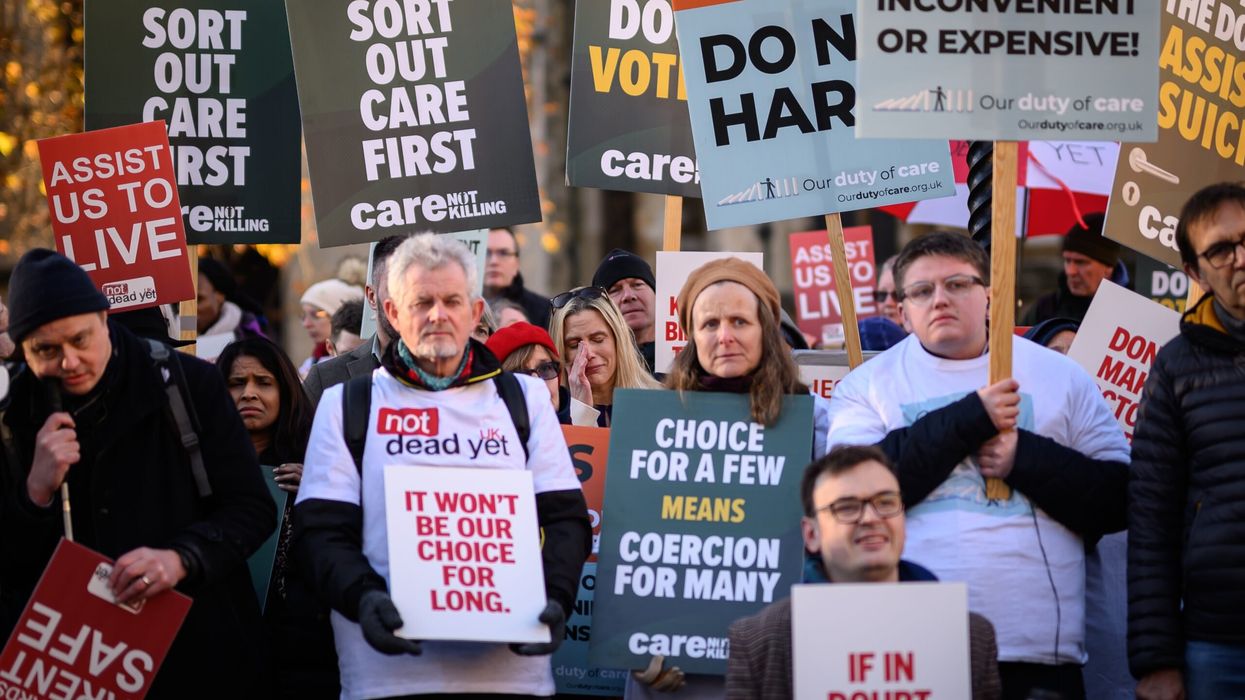
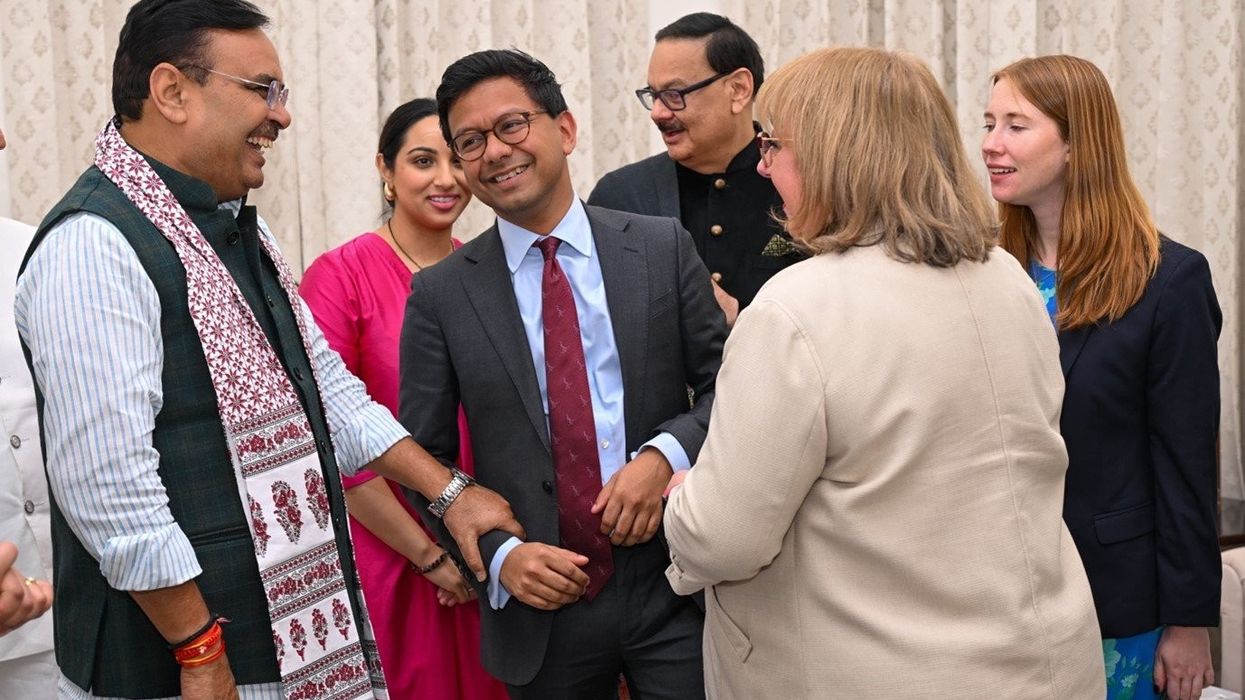
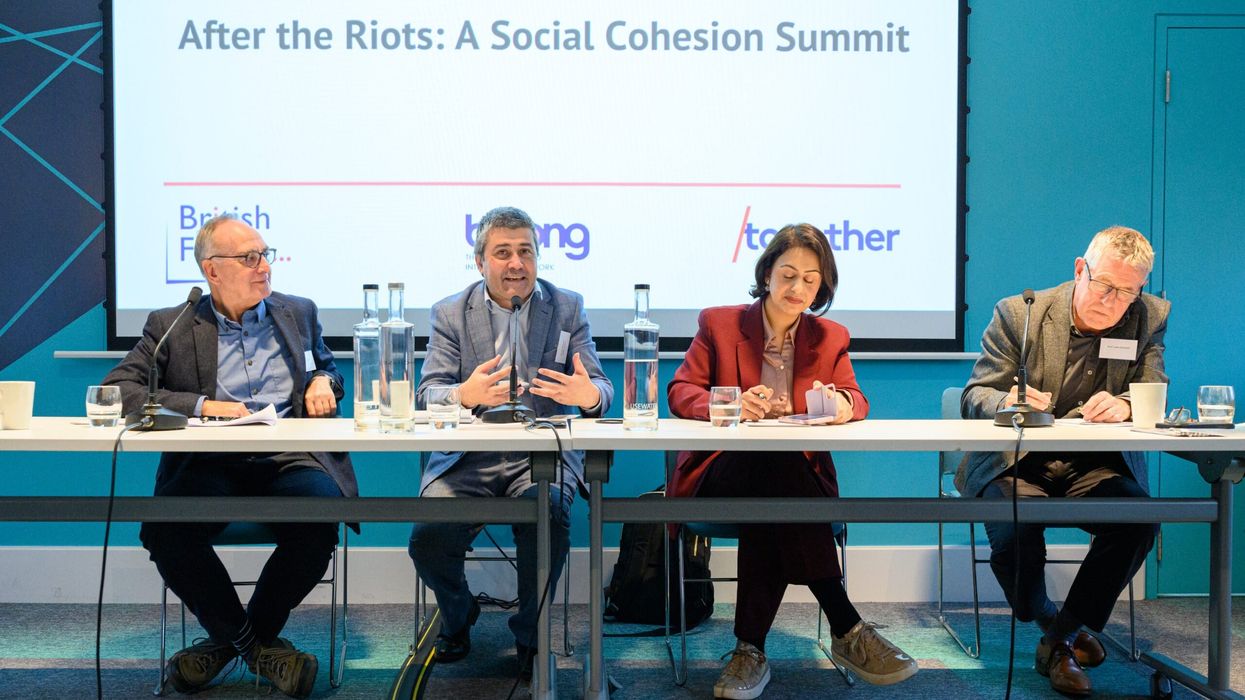
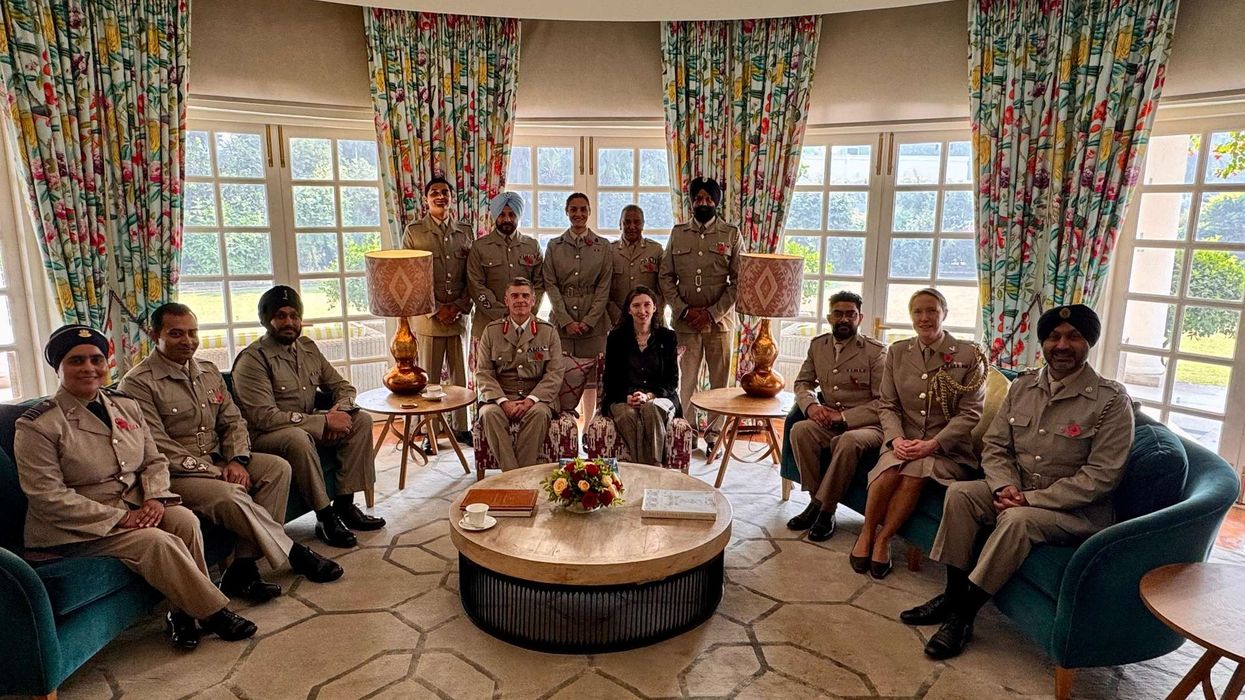


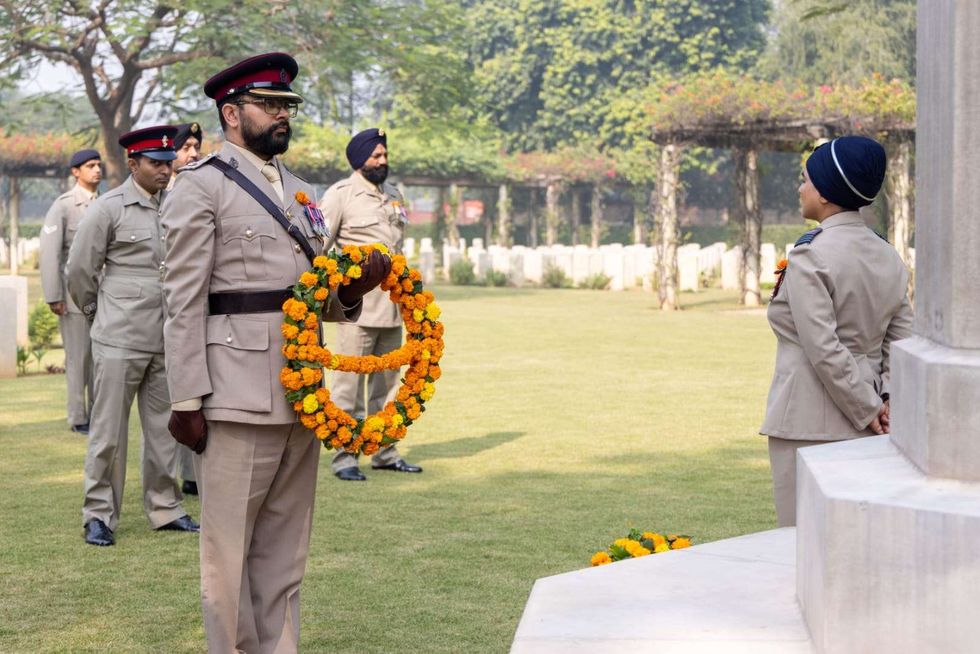








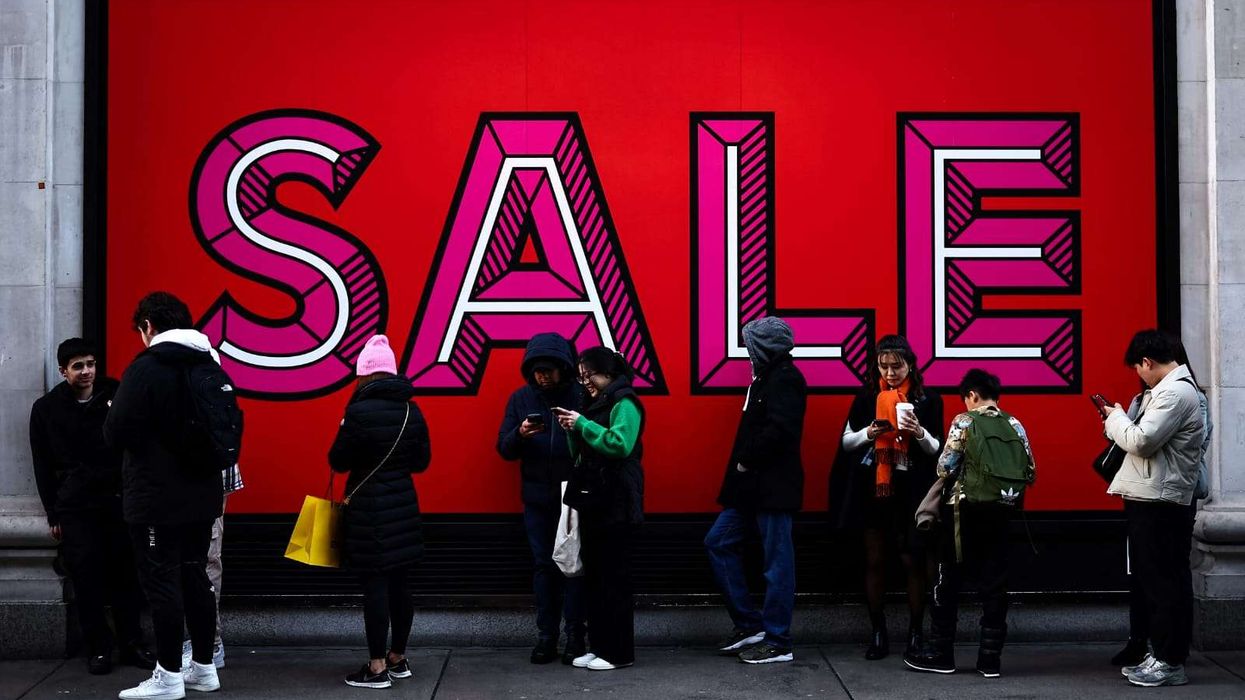
'Post Office inquiry is ignoring racism’
Probe urged to examine bias against Asian and Black sub-postmasters, especially women